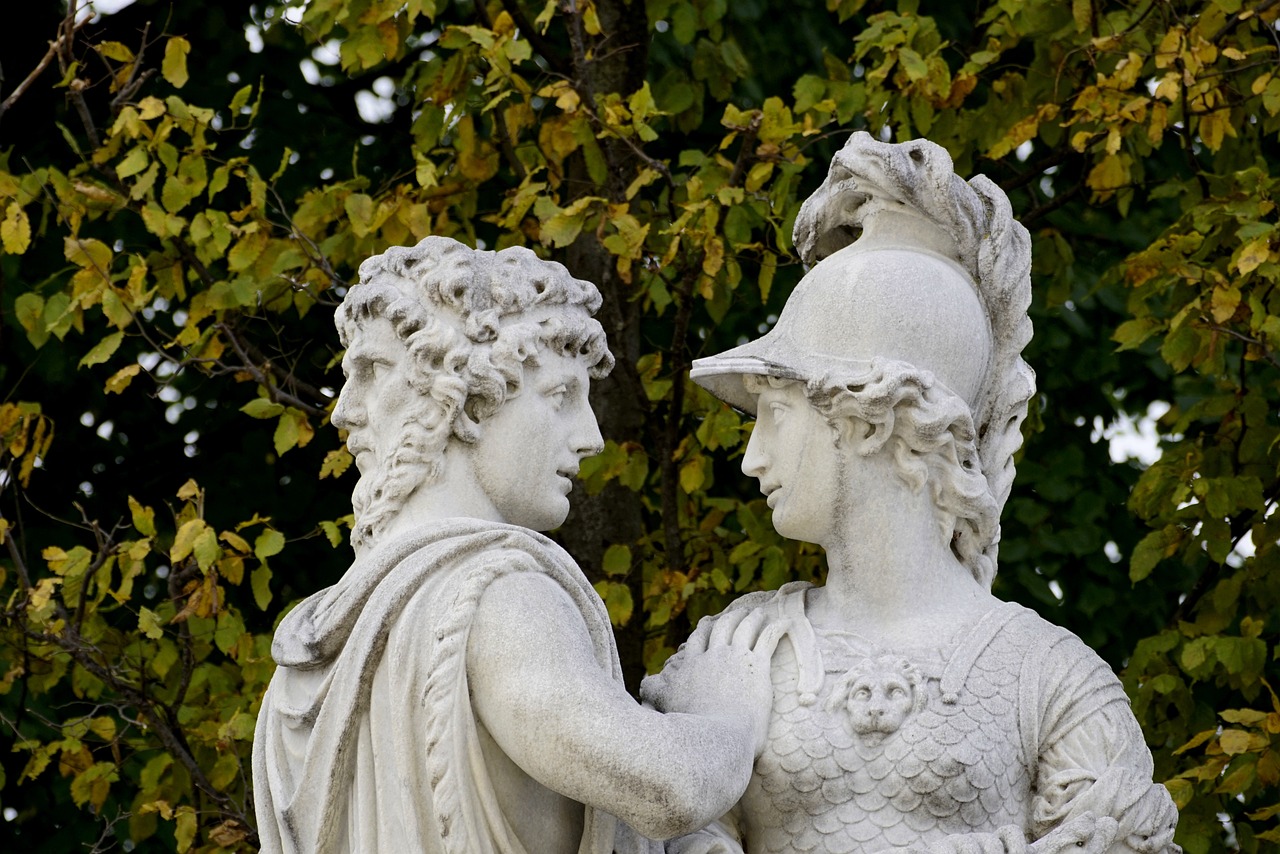As Valentine’s Day approaches, it is fitting to delve into the figure many connect with love—Cupid! This character holds a significant place in both Greek and Roman mythology. In Greek traditions, he is referred to as Eros, standing not only for romantic love but also for the physical acts associated with it. The Romans, on the other hand, named him Amor, indicating love, and Cupido, signifying desire.
Within Greek mythology, Eros is portrayed as one of the youngest divine beings. There has been much speculation about his origins; some narratives suggest he might have emerged from a blend of Heaven and Earth, while others propose he could be the offspring of Ares and Aphrodite or other deities.
Conversely, Roman myths frequently depict Cupid as the progeny of Venus, the goddess epitomizing love and beauty. Notably, Seneca, a philosopher of Rome, posited that Cupid descended from both Venus and Vulcan, the divine embodiment of fire. Another philosopher, Cicero, intriguingly suggested that there are three Cupids and three Venuses, hinting at deeper symbolic meanings, which resonates with numerological significance present in various faiths.
In later classical interpretations, Cupid is sometimes depicted as the child of Venus and Mars, the war deity, embodying the tumultuous nature of love, which often experiences its highs and lows.
Visually, Cupid is typically represented as a youthful figure or an infant wielding arrows and a bow. Frequently, he is illustrated as an elderly boy as well. Those struck by his golden arrows experience an intense wave of affection, while a lead arrow can invoke feelings of animosity.
In various artworks, Cupid’s themes frequently revolve around love and desire, yet they can also depict folly and destruction.
Bronzino’s “Venus, Cupid, Folly and Time,” 1545
This artwork evokes a certain discomfort. The principal figures, Venus and Cupid, are captured in an intimate embrace, with Venus grasping a golden apple, a prize from the Judgement of Paris. Cupid, marked by his iconic wings, is a focal point alongside Venus, whose brightness accentuates their prominence in the painting. Positioned in the upper right, Time, marked by an hourglass, signals the inevitable passage of time, possibly hinting at mortality. He appears to obscure a figure in that corner, which may represent Oblivion—a portrayal of emptiness. To the right of Cupid and Venus is the figure of Folly, potentially accompanied by representations of Pleasure and Fraud. To Cupid’s left, Jealousy is depicted.
Overall, this piece serves as an allegorical narrative. Much scholarly analysis continues to explore its depths, leaving much of the interpretation speculative, apart from the well-recognized figures of Venus and Cupid.
Raphael’s “The Triumph of Galatea,” 1514
This fresco belongs to a series designed to enhance the aesthetics of the Villa Farnesina gallery. It derives from the tale of Galatea, a sea nymph, and her love interest Acis, as recounted in Ovid’s Metamorphoses. Nevertheless, this particular portrayal does not dwell on their romance. Instead, Galatea is depicted at the center, seated upon a shell, led by two dolphins. She symbolizes the quintessence of ideal beauty as understood during the Renaissance. On the right, two Tritons—part man, part fish entities serving as messengers of the sea—are portrayed; one appears to abduct a sea nymph while the other is playing a shelllike trumpet. Two putti, resembling baby Cupids, are directing their attention toward Galatea. One seems to gesture towards the left where the giant Polyphemus is singing a love ballad, possibly toward a lady who could be yet another embodiment of Galatea.



